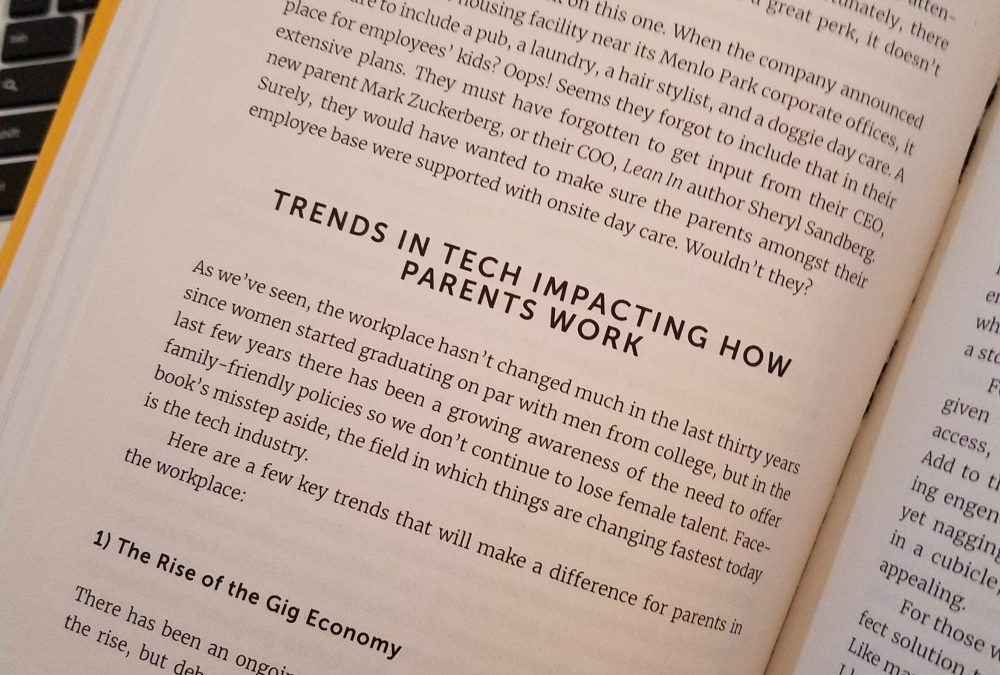Copywriting is not a new art form; it’s about a century old. Claude C Hopkins’ book Scientific Advertising was published in 1923 and is still considered required reading by many marketers today. While the medium may have morphed into a digital format, what persuades people to buy still follows many of the same principles.
To truly educate and persuade readers, we need a firm grip on human psychology. We can ethically create compelling pieces of content that can educate the reader and persuade them to buy our products. Below are some of the ways to appeal to any target audience and how to use persuasive content ethically to drive more leads and grow exposure.
How Psychology of Communication Can Improve The Impact of Words
By appealing to someone’s basic needs, you are convincing them they can’t live without your product. These are things that will transcend what’s going on in their lives at any given moment and make them feel a need for what you offer.
According to Manfred Max Neef, a Chilean economist, there are nine universal human needs that go across cultures, location, and experience:
- Subsistence: “Our home insurance protects the roof over your head.”
- Protection: “Since we launched, our child safety seats have saved 1 million children in accidents.”
- Affection: “Are you ready to find your soulmate? Spend the rest of your life with the love of your life through our matchmaking service.”
- Understanding: “See our country through Brazilian eyes with our immersive, once-in-a-lifetime tour.”
- Participation: “Meet your neighbors and make an impact on our community.”
- Leisure: “Participants say they were able to truly unplug and enjoy the time with their loved ones at our resort.”
- Creation: “Make your mark in this world with our affordable photography classes.”
- Identity: “Our online course will guide you toward your life’s true purpose.”
- Freedom: “This credit card offers the ability to make purchases around the world, without the red tape of credit limits or international charges.”
Some of the most common ways that marketers and writers appeal to these needs include speaking to the person’s sense of “FOMO” or fear of missing out. Having so much of our lives online exacerbates this: you see things happening on social media or online, and you want to be a part of it.
Take, for instance, Denise Duffield-Thomas’ Lucky B Bootcamp, which helps women change their attitudes about money. At the top of her landing page about the bootcamp on-demand course, she gives numbers:

By giving some stats into who has already taken the course, it piques the reader’s interest and appeals to their desire of “participation” and urge to feel a sense of belonging.
Further down on the landing page, Denise gives testimonials of people that taken the course before, and their results:

This is social proof, which shows target audiences what they could be, have, or do if they purchased the product. It makes them feel like in order to earn more, or be happier, or solve their problem, they just need to purchase the seller’s product or service.
Social proof through reviews and testimonials like those above is effective because they are positive and talk about positive results. On the flip side, studies have shown that the “fear” mentality, or negative social proof, doesn’t work. According to Kissmetrics, saying things like, “500 homes are destroyed per year by outlet fires” isn’t as effective as positive social proof, which often even makes people pay more because they feel like that have more of a guarantee (based on others’ experiences).
Using Persuasion to Drive Leads
Besides social proof like testimonials and numbers about who has purchased the course and their experiences, there are other ways you can communicate the benefits of what your products and services offer.
Even before you went into marketing or writing, you were probably learning how to persuasive write: it’s a common assignment in high school and even elementary schools. Students are taught at a young age to prove their argument with logic and reasoning. The same methods can be applied to copywriting now: both you and students have a point of contention that you need to sway another party about. The only difference is that yours is focused on explaining why your product or service should be purchased over something else.
People respond positively to not only reasons why they should buy something, but how that something is going to solve their problems. They want to see how you’re going to make their life easier when they buy something from you. Convincing them is what’s going to drive leads.
Use Ethical Persuasion
While persuasive writing can be used to convince customers to purchase your products, it’s important to note that using psychology and the list of fundamental human needs isn’t meant to “trick” or manipulate anyone into buying a product.
Content and advertising should never lie about their products or promise results that aren’t plausible. Good copywriting means explaining a product or service in a way that explains to the reader why they want and need it, not making up results it will never live up to.
When used ethically, it is possible to appeal to human needs and emotions by showing them what they’d gain if they didn’t buy from you. By showing how your product or service can solve a problem or has made a difference for many of your customers, you make it hard to say no to what you have to offer.
Need help writing persuasive content? We offer content retainer packages, including industry news content. Contact us today!
Screenshots taken May 2017. Photo taken by author April 2017

